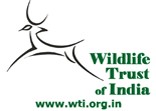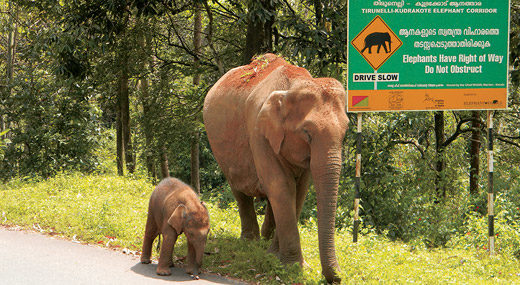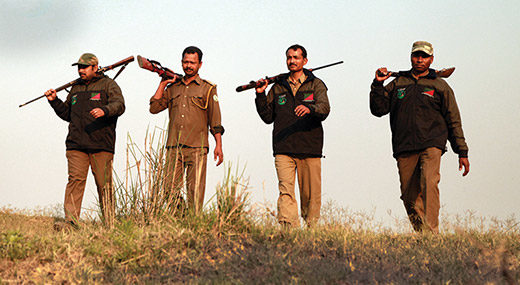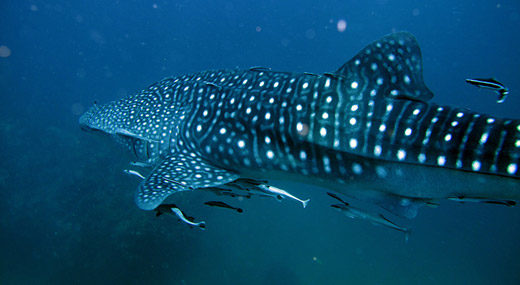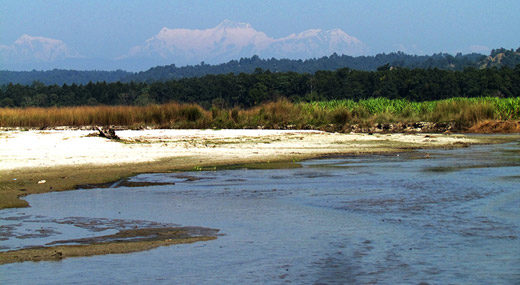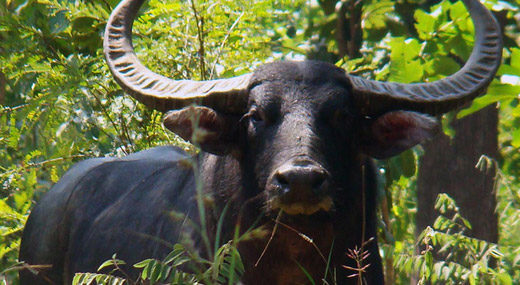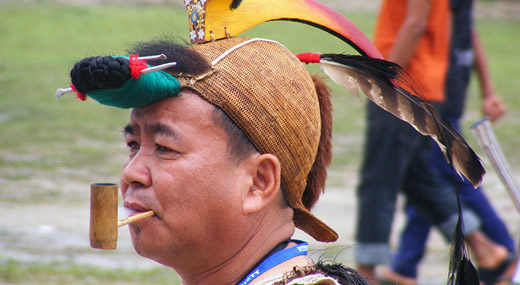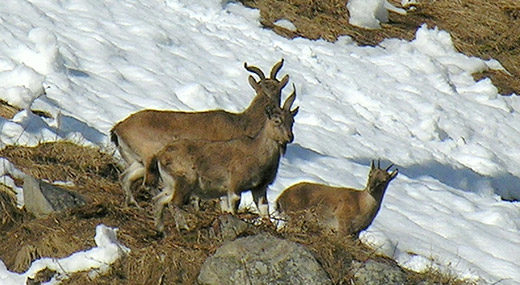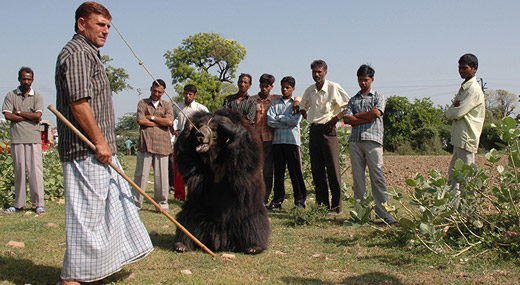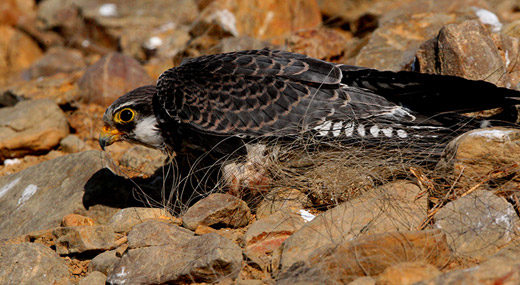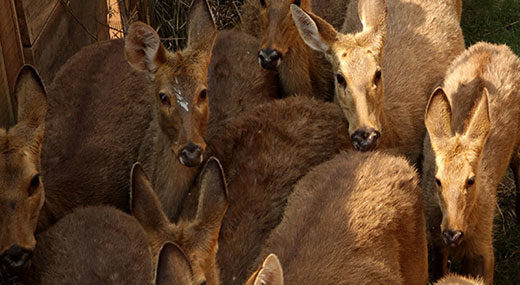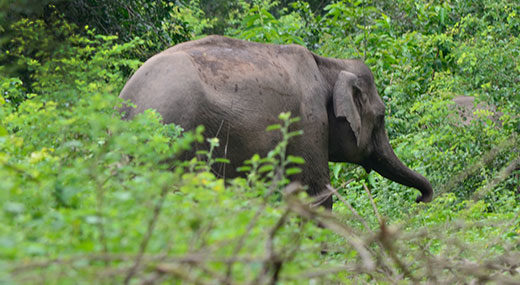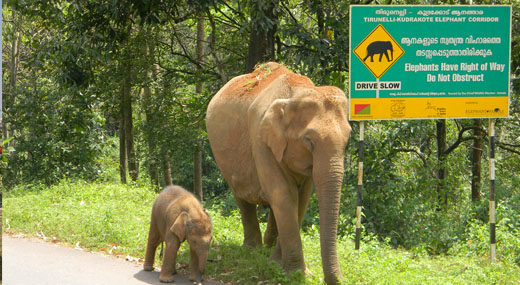MILESTONES
VISION & MISSION
Wildlife Trust of India (WTI) is a leading Indian nature conservation organisation committed to the service of nature. Its mission is to conserve wildlife and its habitat and to work for the welfare of individual wild animals, in partnership with communities and governments. WTI’s team of 150 dedicated professionals work towards achieving its vision of a secure natural heritage of India, in six priority landscapes, knit holistically together by nine key strategies or Big Ideas.
OUR VISION
A secure natural heritage of India.
OUR MISSION
To conserve wildlife and its habitat and to work for the welfare of individual wild animals, in partnership with communities and governments.
OUR MOTTO
In Service of Nature
OUR PRIORITIES: THE NINE BIG IDEAS

To provide at least 750 short term, focused and innovative aid at times of emergencies and conservation issues so as to nip problems in the bud and provide game changing solutions to age old problems.
.

To increase the welfare of individual displaced animals while enhancing conservation and pioneering science based rehabilitation and wildlife health across India, and in doing so to save at least 40,000 lives in the decade.

To recover population/sub-populations of at least six threatened species by improving their recovery states (categories) and demonstrating recovery through improved recovery scores.

Improve the existing functionality of six selected Protected Areas (PAs) .

Demonstrate six innovative and replicable large scale models of Human Wildlife Conflict reduction.

To combat key wildlife crime and demonstrably reduce poaching or trade in at least six taxa or geographies.

To secure 200,000 hectares of critical habitats outside the traditional PA system, especially habitat linkages, wetlands, grasslands, community reserves, Important Bird Areas and sacred groves

To create a positive and measurable change in people's perceptions to improve the conservation and welfare of wildlife in India with at least six planned campaigns.

Right of passage for two umbrella species secured in 50% of their landscape
